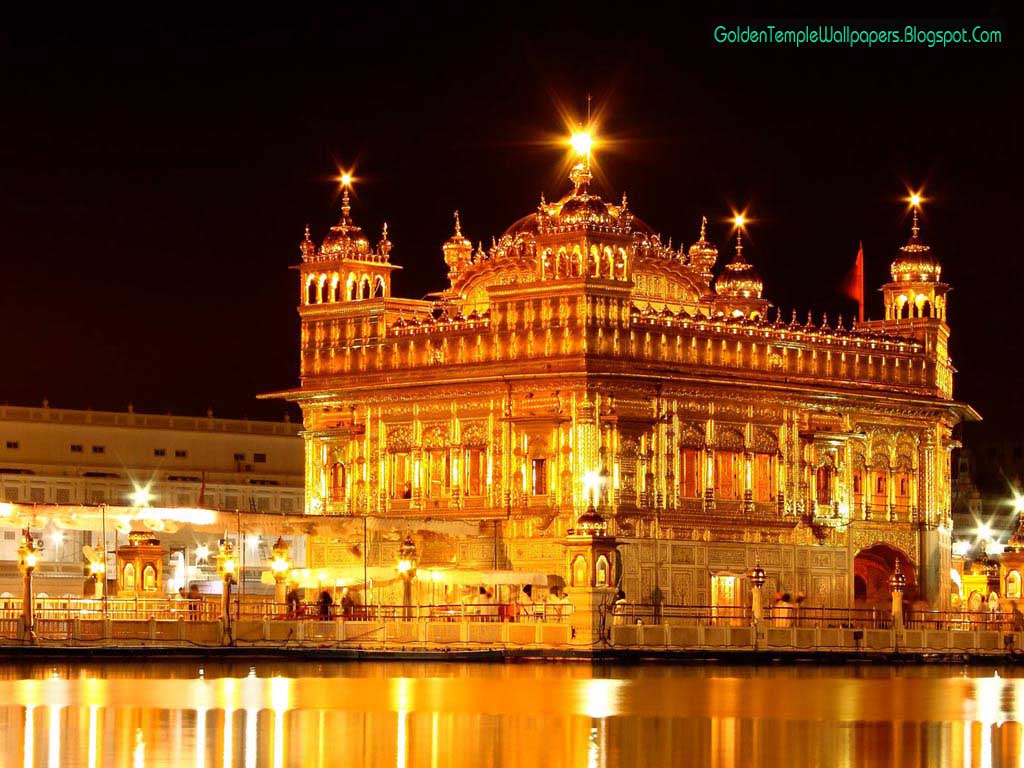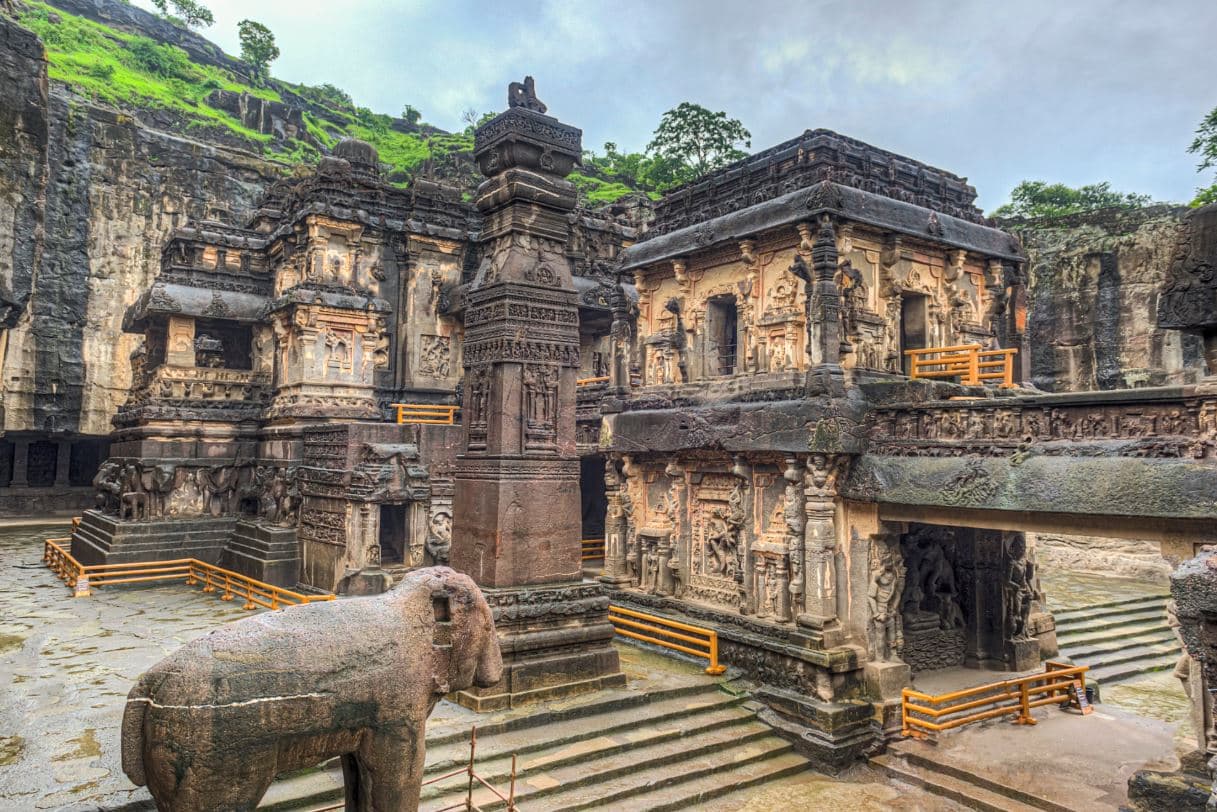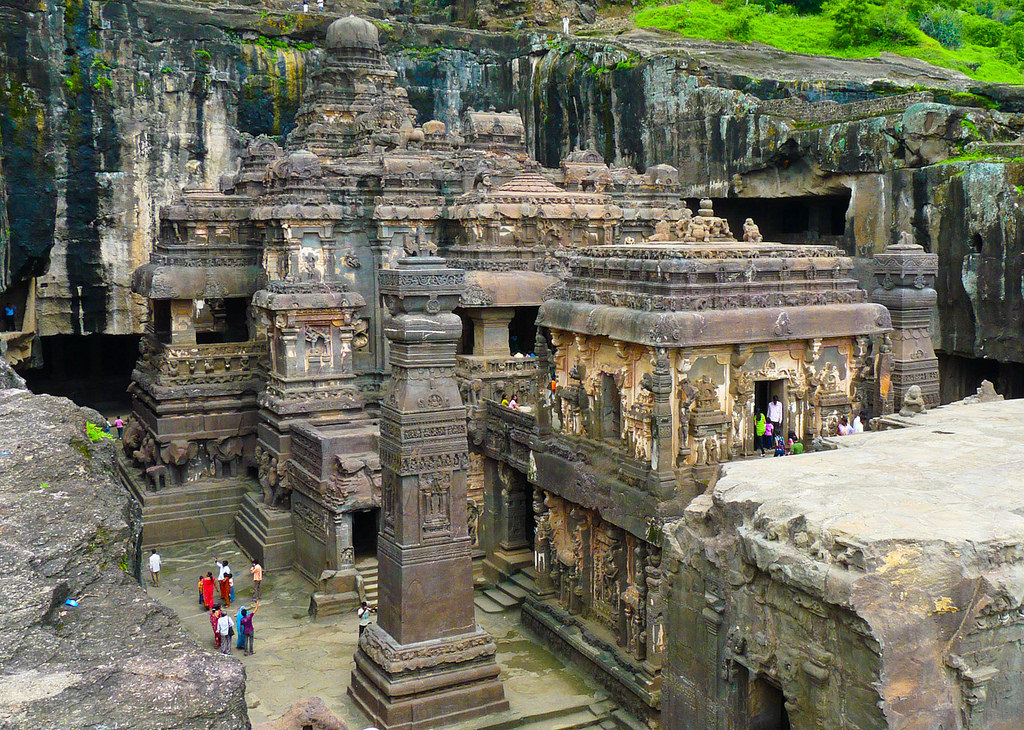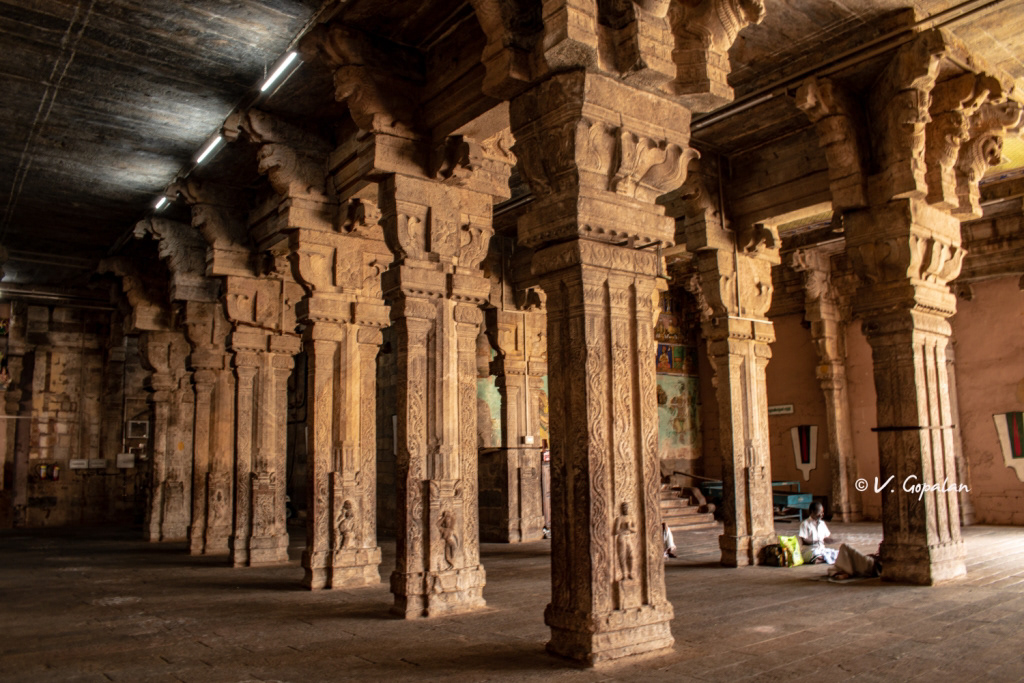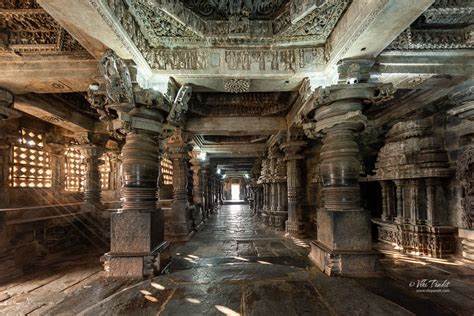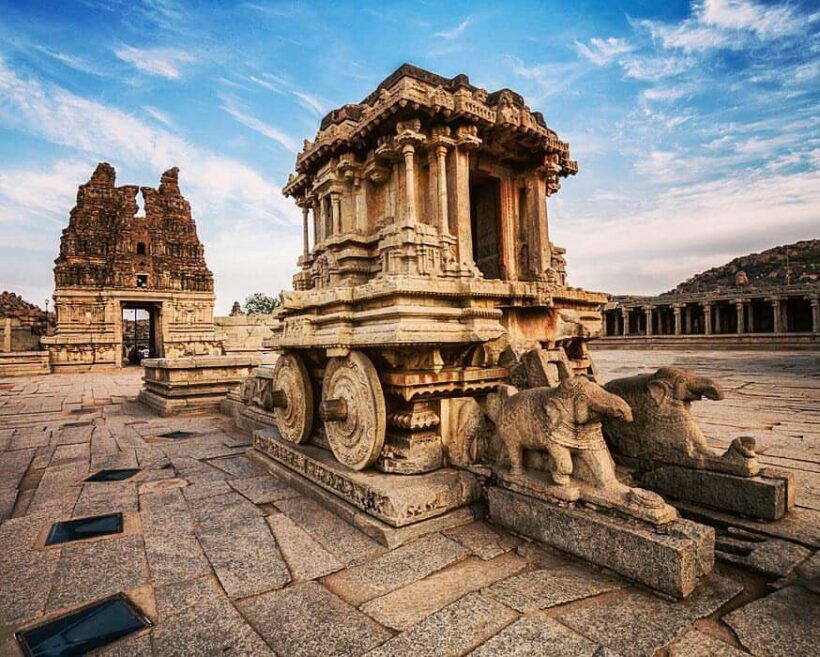The Rich History of Temple Architecture
Indian temple architecture is a testament to the country's rich cultural and religious heritage, evolving through various styles and dynasties over millennia. From the early rock-cut caves and monolithic structures to the later elaborate stone temples, the architectural styles reflect regional influences, religious beliefs, and artistic innovations. Notable styles include the Nagara style prevalent in North India, characterized by its beehive-shaped shikharas (towers); the Dravida style of South India, known for its towering gopurams (gateway towers) and intricate carvings; and the Vesara style, a hybrid of the two, often found in the Deccan region. Each style showcases unique features, materials, and decorative elements, telling a story of India's diverse artistic and spiritual landscape.
